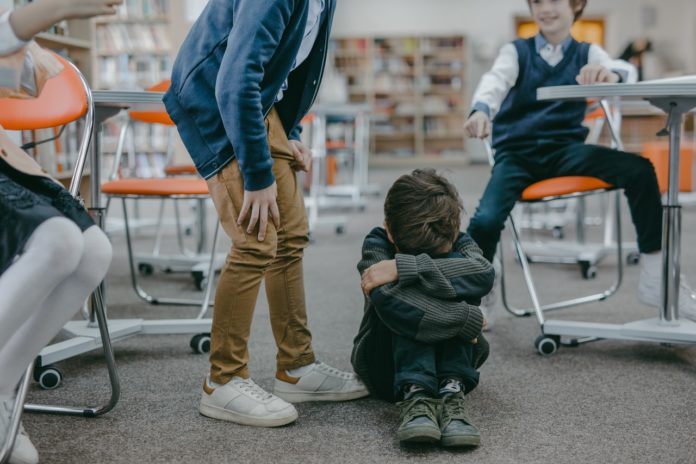Sexual abuse in the school system may happen, as the perpetrator, whether a teacher, coach, or other authority figure .may use their influence and position over a child to receive inappropriate gratification.
Not only does sexual abuse include physical acts, it may also extend to non-contact activities, such as sending a child sexually-based emails, forcing the victim to watch pornography, or using sexually explicit language.
Another form of abuse is exploitation, which may occur off-line or online, and may be done in such a way that the child does not realize they are being abused. For instance, the perpetrator may give the child gifts or money, or show inappropriate affection.
Who Is at Risk for Sexual Abuse?
While all children are at risk for child sexual abuse, many of the victims have a disability or may not socially adapt as well as other children in a school environment.
Who Is the Perpetrator?
The perpetrator inside the school system is normally someone well known to the victim – someone the child trusts or who the community and school highly respect.
Warning Signs of Inappropriate Behavior
In a school, sexual misconduct by a teacher, coach, or other staff member, may take the form of the following:
- Inappropriately touching a student
- Speaking personally about themselves or talking about sexual topics with a student
- Texting or emailing a child or speaking to them on social media
- Giving a student gifts
- Getting too personal, such as discussing a student’s problems by telling them they have certain issues
- Calling a student
- Visiting the student’s home
- Befriending a parent to get close to a student
- Undermining what a child says or his or her activities so they lack credibility
Signs of Physical Sexual Abuse
A child may exhibit physical signs of sexual abuse, such as the following:
- Bleeding, inflammation, or infection in the rectal or gential areas
- Injuries to body areas, such as the upper thighs or hips
- Problems during defecation or urination
- Recurring urinary tract infections
- Stress-related symptoms, such as depression or eating disorders
Behavioral Signs of Sexual Abuse
Certain behavior signs may also point toward sexual abuse. These signs may take the form of the following:
- An indirect or direct reference to the abuse by the student or a third-party
- Inappropriate drawings or writings
- Poor communications with other students and teachers
- Poor personal hygiene
- Complaints of headaches, stomach problems, or sleeplessness
- Drug or alcohol abuse
- Regressive actions, including the inability to speak or wetting the bed
- A sudden drop in grades
- Fear shown for certain adults or specific spots in the home or outside the home
- Layering clothes to hide bruising or similar injuries
The biggest red flags are behavioral and physical – all which are unexplained or unusual.
What Steps You Should Take If You Suspect a Problem
If you suspect abuse, you need to do the following.
- See your child’s doctor so you have medical reports on file and the child can receive treatment.
- Contact law enforcement and file a report.
- Contact an attorney that specializes child sex abuse cases.
- Keep your child away from the suspected abuser. If this means home-schooling your child, then you need to do so immediately.
Be proactive if you feel there is a problem with abuse in your child’s school. Do all you can to ensure your child’s safety and comfort.
















